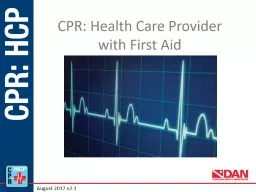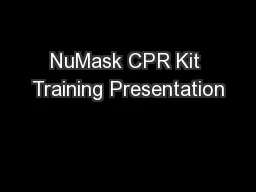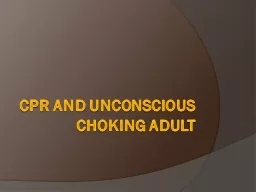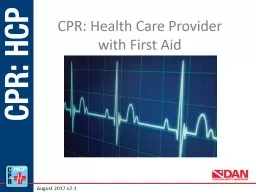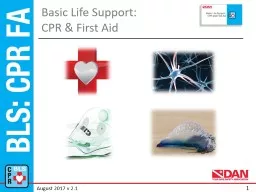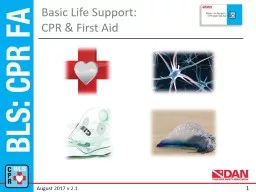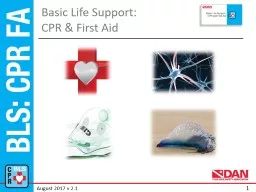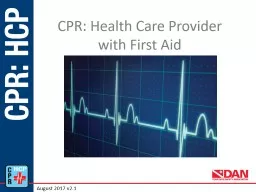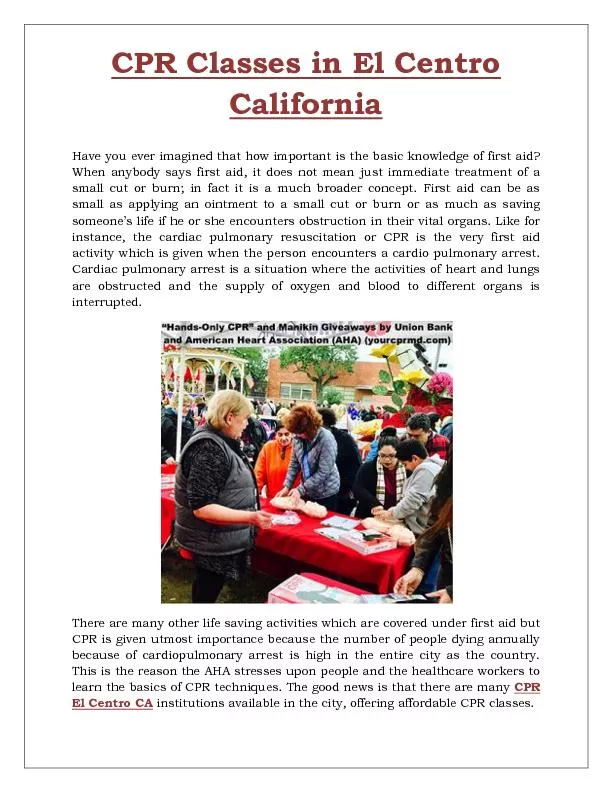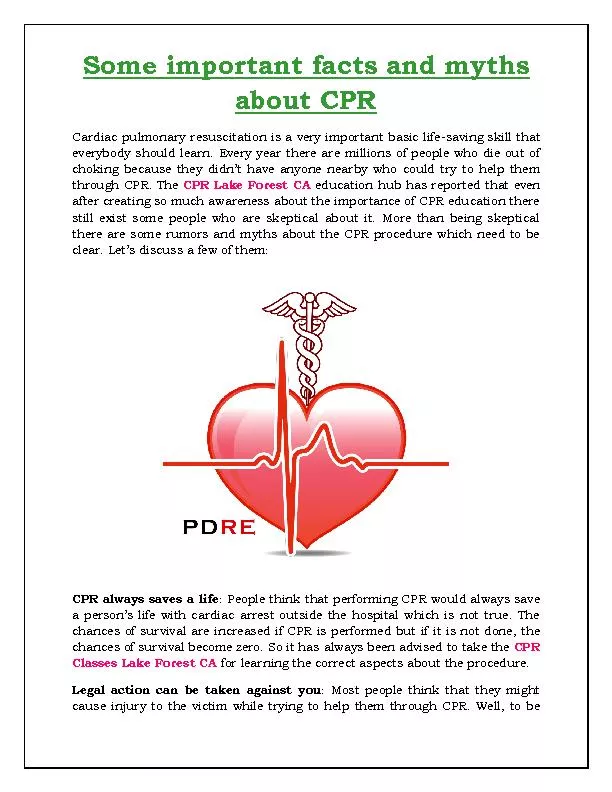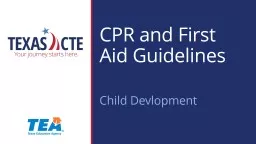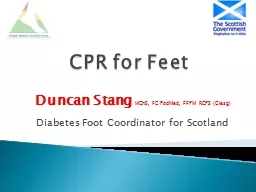PPT-CPR: Health Care Provider
Author : kittie-lecroy | Published Date : 2018-11-12
with First Aid August 2017 v21 Getting Started 2 Introductions CPR HCP with First Aid Instructor amp Staff CPR HCP with First Aid Provider Candidates CPR Health
Presentation Embed Code
Download Presentation
Download Presentation The PPT/PDF document "CPR: Health Care Provider" is the property of its rightful owner. Permission is granted to download and print the materials on this website for personal, non-commercial use only, and to display it on your personal computer provided you do not modify the materials and that you retain all copyright notices contained in the materials. By downloading content from our website, you accept the terms of this agreement.
CPR: Health Care Provider: Transcript
Download Rules Of Document
"CPR: Health Care Provider"The content belongs to its owner. You may download and print it for personal use, without modification, and keep all copyright notices. By downloading, you agree to these terms.
Related Documents

